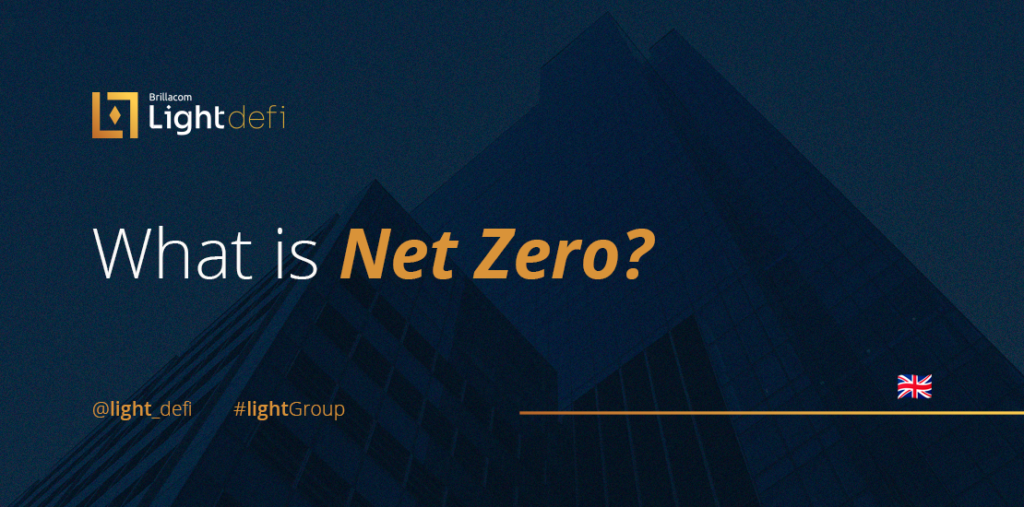The Intergovernmental Panel on Climate Change stated in a 2018 special report that countries must reduce carbon dioxide emissions to “net zero” by 2050 to limit global warming to 1.5 degrees Celsius above pre-industrial levels. However, there is less agreement on which substances are covered by net zero. This creates significant ambiguity, and countries and organizations define the phrase based on their criteria. Agreeing on a definition is essential for accountability, but more importantly, without it, the 2015 Paris climate agreement’s goal of limiting warming to 1.5°C to 2°C by mid-century may not be met.
Imperial College London’s Joeri Rogelj and colleagues demonstrated clearly how different definitions and pathways to net-zero can result in dramatically different outcomes. Reduced CO2 emissions, for example, halts warming, but the CO2 already in the atmosphere will remain for hundreds of years. At the same time, reductions in other greenhouse gases may have a faster impact on warming. But even so, eliminating these other gases is more complicated than reducing carbon.
The researchers also warn that the relative amounts of these emissions reductions will affect the overall rates of decline of the gases. Even if emissions are reduced, temperatures may not begin to fall in some scenarios. The team is correct in requesting clarification on three policy areas: scope of emissions reductions, adequacy and fairness, and concrete steps toward net-zero emissions. Without interim milestones, a 2050 or 2060 target becomes meaningless.
The Paris climate agreement applies to all greenhouse-gas emissions, but participating countries have not agreed on how to reduce emissions or measure reductions. The Glasgow summit will prioritize deals on both, but the six-year information vacuum has created room for multiple interpretations and options. So, unlike the European Union’s pledge, China’s plan focuses solely on CO2 emissions and excludes methane and nitrous oxide. Furthermore, the US plan has yet to specify which gases will be covered.
Corporations making net-zero pledges are similarly accommodating in their definitions. Some define net zero as removing greenhouse gases from all processes, including steps to offset previous emissions. Others, such as investment banks and fossil-fuel companies, will continue to invest in fossil fuels while promising net-zero policies in other areas of their operations. And this is getting a lot of flak, not least from the inspiring school climate-strike movement, Fridays for Future.
Risks should be minimized
Controversy also rages over the term “net-zero,” which refers to the balance of emissions produced and removed. Previously, high-emitting countries were allowed to offset their emissions with the help of lower-emitting countries under rules that expired in 2020. To give you an idea, they could buy and sell carbon as a commodity on one of the many carbon-trading exchanges set up around the world. Carbon trading enables high-emitting countries to reduce their net emissions without reducing the total carbon released into the atmosphere. These countries could also claim carbon credits if they invest in renewable energy or plant trees in low-emissions countries.
However, if high emitters use such measures more frequently, the world may only reach net zero in a technical sense. The Paris goal of limiting global warming is less likely to be met if these countries do not drastically reduce their emissions. The risk is that the world will warm, putting an increased burden — such as accelerated climate adaptation measures — on climate-vulnerable countries. This is a real possibility, and it is one of the reasons why the world’s most vulnerable countries, particularly those in the developing world, are concerned about the increasing use of offsets to achieve net-zero emissions.
Although all decarbonization efforts have some value, the least that must happen is greater transparency in how countries are achieving their net-zero ambitions — because this will allow researchers to more accurately calculate what these pledges mean for meeting the Paris agreement’s goal. What the planet urgently requires are agreed-upon rules and a reliable monitoring mechanism.
Pledges towards net-zero are easy to make, especially when the nations and organizations involved can set the parameters for that pledge. However, a promise that does not include meaningful reductions — rather than more offsets — raises the risk of catastrophic climate change becoming unavoidable.
So when we realize that we are on the right trajectory, the Light Group is overjoyed! The construction of our Photovoltaic Plant will allow us to make a positive contribution to making the world a better place in which to live. Light DeFi is committed to all of the sustainable practices that the world may adopt in order to have a planet that is both liveable and clean.
SOURCE: Nature



One Response
Sou muito preocupada com as agressões que são cometidas contra o nosso planeta azul nomeadamente as alterações climáticas, são muito preocupantes, agradeço as medidas que estão a tomar para que a humanidade possa viver num mundo mais saudável e limpo….grata por isso.